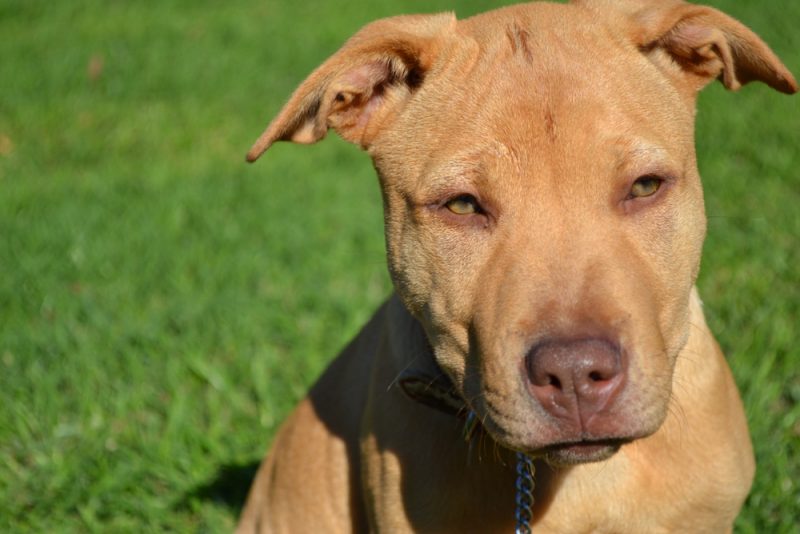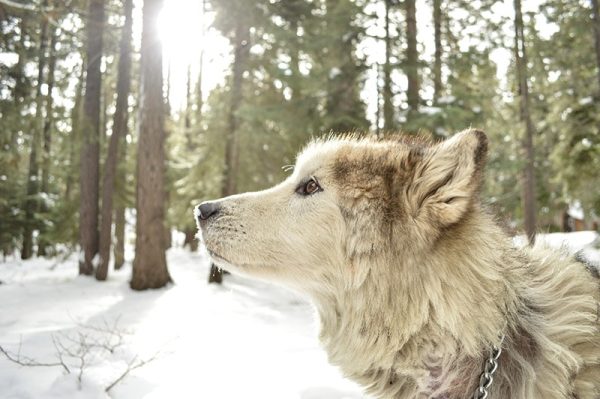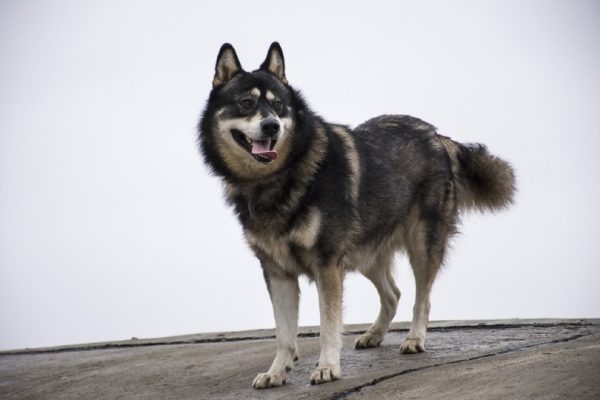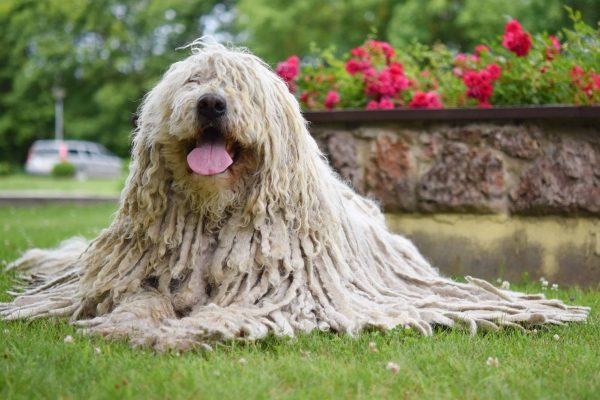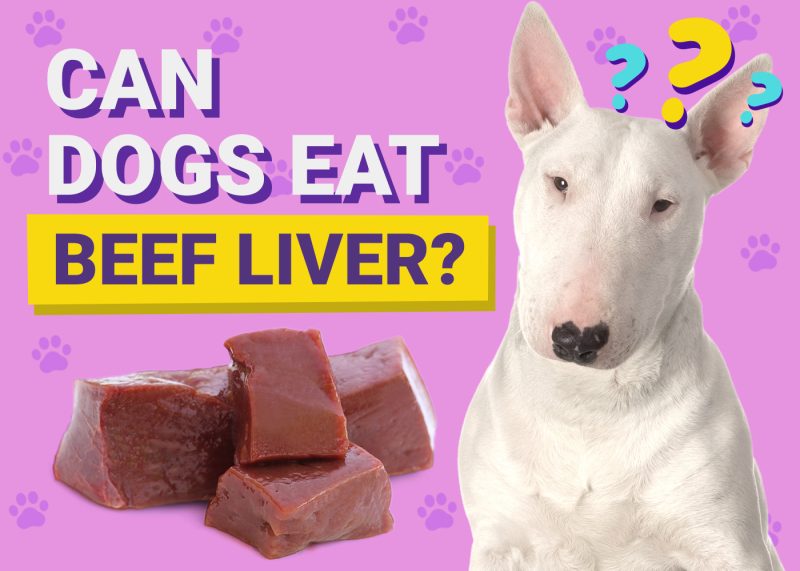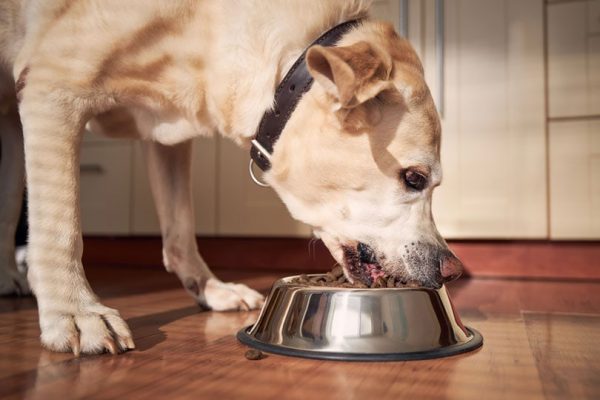The Golden Retriever is a beautiful and friendly dog breed; one of the color varieties found in this breed is the Red Golden Retriever; distinguished from the other for its vibrant copper-red coat. These dogs are renowned for their intelligence, loyalty, and affectionate nature, making them excellent companions for active families. The color variation in Red Golden Retrievers is due to specific genetics that affect their coat color.
Breed Overview
Height:
21–24 inches
Weight:
55–75 pounds
Lifespan:
10–12 years
Colors:
Red, or dark golden
Suitable for:
Active families, those looking for a friendly and loyal dog
Temperament:
Loyal & loving, intelligent, easy to train, friendly, gets along with other pets
The Red Golden Retriever is a variation of the popular Golden Retriever breed. This breed can be found in light golden (white), golden (cream), and dark golden (red). The Red Golden Retriever has a deep red or mahogany coat, while the more traditional Golden Retriever has a lighter, cream-colored coat. All purebred Golden Retrievers carry a double-recessive (e/e) gene which prohibits black pigment in their hair. This is the reason why you can not find black or brown golden retrievers.
The color variation is caused by specific genes responsible for coat pigmentation. These genes determine the intensity and distribution of the red pigment, resulting in the unique red coat of the Red Golden Retriever. The allele C allows for the full rich color of the tan, red, or golden coat, while the allele cch lightens or dilutes the pigmentation. In the case of the red AKA dark Golden Retrievers, they have dominant, rich (C/C) genes.
Red Golden Retriever Breed Characteristics

The Earliest Records of Red Golden Retrievers in History
The history of the Red Golden Retriever can be traced back to the origins of the Golden Retriever breed in the mid-19th century. The breed was developed by Lord Tweedmouth in Scotland, who wanted to create a skilled hunting dog that was also a good family companion. He crossed a yellow Wavy-Coated Retriever with a Tweed Water Spaniel, which resulted in the first Golden Retrievers. Over time, selective breeding led to the development of the Red Golden Retriever, a variation with a darker coat color.

How Red Golden Retrievers Gained Popularity
The Red Golden Retriever gained popularity alongside the traditional Golden Retriever, as people began to appreciate the breed’s versatility, intelligence, and friendly temperament. These dogs’ unique red coats made them stand out from other retrievers, attracting the attention of dog enthusiasts.
Red Golden Retrievers have been used for various purposes such as hunting, search and rescue, therapy work, and assistance dogs for the disabled. Their charming personality and striking appearance have also made them popular choices for families and pet owners worldwide.
Formal Recognition of Red Golden Retrievers
The Red Golden Retriever is not recognized as a separate breed from the traditional Golden Retriever. However, the Golden Retriever breed, which includes the Red Golden Retriever, was first recognized by the American Kennel Club (AKC) in 1925. The breed has since become one of the most popular dog breeds in the United States, consistently ranking within the top five for many years. The Red Golden Retriever continues to be a beloved variation of the breed, celebrated for its distinctive coat color and exceptional qualities.


Top 5 Unique Facts About the Red Golden Retriever
1. Red Golden Retrievers can be a bit mouthy.
No, we don’t mean they’ll bark back at you when you ask them to do something! However, some owners have reported that their Red Golden Retrievers tend to grab things with their mouths, even when it’s an object they shouldn’t do this with (such as their owners’ hands). So, this mouthiness may be something you need to train your pet not to do.
2. Red Golden Retrievers may be more focused and driven than other types of Golden Retrievers.
This doesn’t necessarily hold true for every Red Golden Retriever, but many owners report their dogs to be focused, driven, and ready to work and play. This may be because these dogs usually come from field trial lines rather than show lines like Golden Retrievers.
3. These dogs are so high-energy!
Because they’re working dogs, Red Golden Retrievers typically have an incredible amount of energy. If you’re looking to own one of these pups, you should expect to exercise and play with them for between one and two hours a day.
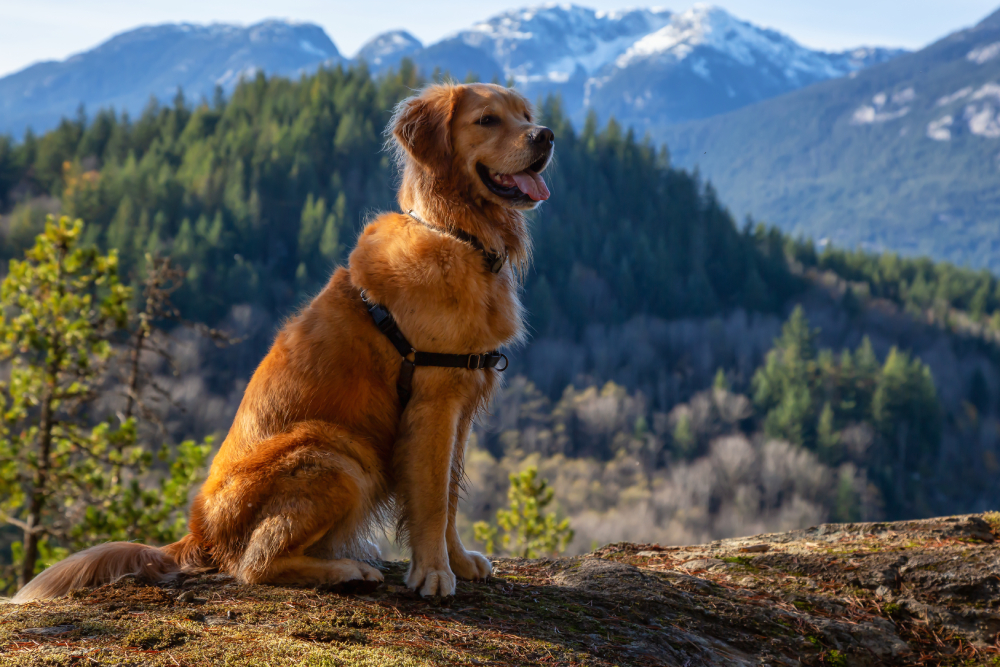
4. Some Red Golden Retrievers like to climb.
There have been reports from some owners that their Red Golden Retrievers were so energetic that they ended up climbing trees and ladders! Of course, this likely doesn’t apply to all Red Golden Retrievers, but it’s something to watch for in your dog.
5. If you don’t spend a lot of time at home, this isn’t the breed for you.
Between their need for lots of exercise and play and their affectionate, loyal temperaments, the Red Golden Retriever can be prone to separation anxiety. If you’re someone who isn’t home often, this breed likely isn’t the best for you, as they require plenty of love and attention!

Do Red Golden Retrievers Make Good Pets?
Red Golden Retrievers make excellent pets. Owning a Red Golden Retriever can be a rewarding experience, but it’s essential to understand their specific needs in terms of grooming, health, exercise, space, and diet.
- Grooming: Red Golden Retrievers have a thick, water-repellent double coat that requires regular brushing to minimize shedding and prevent matting. They should be groomed at least once a week, with more frequent brushing during shedding seasons.
- Health: This breed is prone to certain medical conditions, such as hip and elbow dysplasia, eye problems, cancer, and heart issues. Regular veterinary check-ups and preventive care can help keep your Red Golden Retriever healthy.
- Energy and Space: Red Golden Retrievers are energetic dogs that require daily exercise to stay physically and mentally stimulated. They’re best suited for homes with a backyard or access to open spaces for play and exercise.
- Diet: A well-balanced diet is essential for maintaining a Red Golden Retriever’s overall health. High-quality dog food, appropriate for their age, size, and activity level, should be provided. It’s important to monitor their weight and adjust their food intake accordingly to prevent obesity.
The ideal home for a Red Golden Retriever would be one where they can receive plenty of love, attention, and mental stimulation. These dogs thrive in active households where they can participate in family activities and outdoor adventures. A home with a yard or easy access to parks and open spaces would be beneficial for their exercise needs. Red Golden Retrievers are great with children and other pets, making them an excellent addition to families of various sizes and dynamics.

Conclusion
The Red Golden Retriever is a stunning variation of the beloved Golden Retriever breed. Its striking red coat, loyal disposition, and versatile abilities make this breed have captured the hearts of dog lovers worldwide. If you’re considering adding a Red Golden Retriever to your family, you can look forward to years of love, companionship, and adventure with this remarkable dog. By understanding and meeting their specific needs, you’ll ensure a happy and healthy life together.
See Also:
- Do Maltipoos like Water? How to Help Them Enjoy The Water
- Common Golden Retriever Color Types (Vet-Reviewed Info With Pictures)
Featured Image Credit: Hollysdogs, Shutterstock





